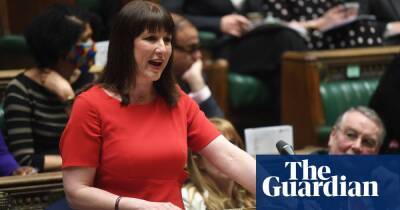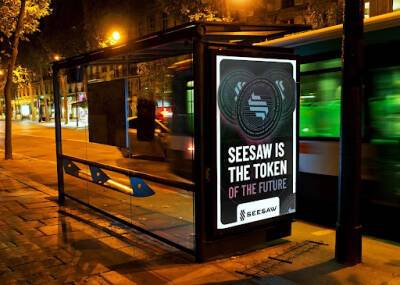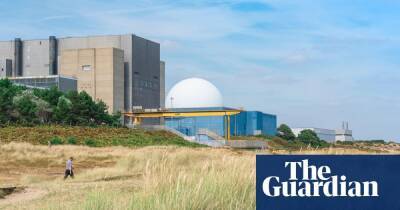Nuclear power is back in the game, but remains a distant prospect for UK
Compared to some of his pet projects – the bridge across the Irish Sea or a floating airport in the Thames – Boris Johnson’s plan to get 25% of UK electricity from nuclear power plants by 2050 isn’t all that fanciful.
The same mark was reached within living memory, after the commissioning of Sizewell B in 1995.
If the climate crisis weren’t reason enough, Russia’s invasion of Ukraine has crystallised the case for any energy technology that allows us to eschew fossil fuels supplied by foreign despots.
This week, the prime minister is expected to outline his plan to make the UK more energy self-sufficient, with nuclear likely to be a key component. Charging at full pelt towards a nuclear future is far from straightforward, though, if history is anything to go by.
Even when the UK did produce a quarter of its electricity from nukes, the journey there was long and bumpy. Sizewell B was hooked up to the national grid in 1995, but it was first announced in 1969, with spades only breaking ground in 1986.
More recently, the industry has been in steady decline. Since that mid-90s peak, capacity has fallen from nearly 13GW to 6.8GW, about 16-18% of the electricity mix.
Hunterston B retired this year, Hinkley Point B bows out this summer and by the time Hartlepool I and Heysham I come off grid in 2024, nuclear capacity will have fallen to a paltry 3.6GW, a mere 5-6% of what you’d need at 6pm on a cold weekday in winter.
Hinkley Point C is due to recoup 3.2GW of lost ground but only by 2027, assuming no fresh delays. It is not nearly enough to get close to Johnson’s target.
That will require the successful execution of nearly every nuclear project to have been mooted in recent years, including some that have struggled to get going so far.
Read more on theguardian.com



















